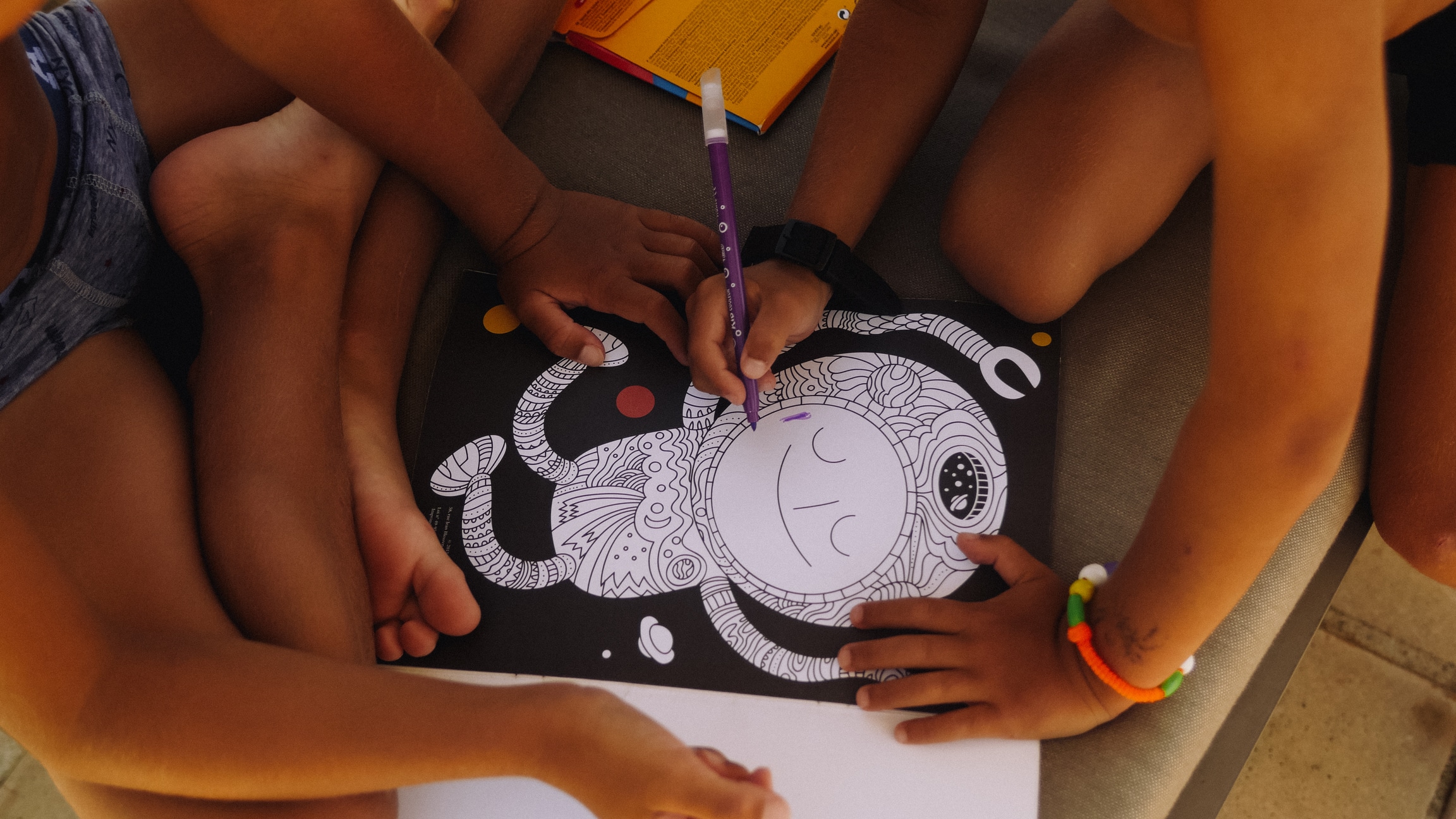How to Design a Safe and Stimulating Play Area for Toddlers Indoors?

When it comes to the development and learning of your children, the environment in which they play and carry out their daily activities is fundamental. A well-designed play area can significantly enhance their skills, inspire creativity, and make learning enjoyable. But how do you design a play area that is both safe and stimulating for your child? This is where we come in. We will delve into the various aspects of creating a conducive play area including materials to use, space requirements, and the integration of learning environments in the design.
Integrating Learning Environments in the Play Area
The integration of learning environments into the play area is crucial for the development of your child. It is not just about providing toys and space for playing, it is about creating environments that stimulate learning and development. These environments can be tailored to promote different areas of growth such as motor skills, cognitive skills, and social skills.
Also to see : How Can You Maximize Comfort and Style in a Tiny Backyard She Shed?
Designing a play area that doubles as a learning environment calls for creativity and thoughtfulness. For starters, segment the space into various areas each dedicated to a particular activity. For instance, you could have a quiet reading area, a space for arts and crafts, and a space for building and construction.
Include materials that will challenge and engage your child’s senses. For example, tactile materials such as play dough, sand, and water can be used in the art and craft area. These materials enable children to learn through touch, thus enhancing their sensory skills.
Also to see : How to Design a Sustainable Koi Pond for a Backyard Sanctuary?
Choosing Safe and Suitable Materials
The choice of materials for your child’s play area is a paramount consideration. Not only do they need to be safe, but they also need to stimulate learning and creativity.
An ideal material is one that is child-safe and durable. Avoid items with sharp edges or small parts that a child could swallow. The materials should also be easy to clean since children can get messy during play.
Wooden toys are a popular option thanks to their durability and safety. They are also versatile and can be used in various ways to enhance learning. For instance, wooden blocks can be used in the construction area to stimulate cognitive skills such as problem-solving and critical thinking.
Designing the Space
Designing the space is not just about fitting everything in the available area, it’s also about creating an environment that is inviting and stimulating for the child. Here, you need to consider the layout, color schemes, and even the lighting.
The layout should promote easy movement and accessibility. Ensure there is enough space for the child to move around freely and easily reach the materials and toys. Arrange the different areas in a way that makes sense. For instance, the quiet reading area can be placed away from the noisy construction area.
When it comes to the color scheme, choose colors that are calming and conducive for learning. Bright colors may be attractive but they can also be overstimulating for a child. Opt for neutral colors and add pops of bright colors in moderation.
Lighting also plays a crucial role in creating an inviting play area. Natural light is the best as it creates a warm and inviting environment. However, if the play area doesn’t have access to natural light, ensure that the artificial lighting is bright enough to illuminate the area but not too harsh for the child’s eyes.
Adapting the Play Area for Different Age Groups
A play area should be adaptable to accommodate the changing needs of children as they grow. The design should be flexible enough to allow for changes and additions as the child develops new interests and skills.
For toddlers, the play area should be simple and uncluttered. Provide plenty of floor space for them to crawl, walk, and explore. Include a variety of age-appropriate toys and materials that cater to their developmental needs.
As the child grows, you can make changes to the play area to accommodate their changing needs. For instance, you can introduce more complex toys and materials that challenge their cognitive and motor skills. You can also create additional areas for activities that match their interests such as science experiments or cooking.
Incorporating Nature in the Play Area
Incorporating elements of nature in the play area can significantly enhance the learning experience of your child. Research shows that early interactions with nature can benefit children in numerous ways, including boosting their creativity, reducing stress, and improving their health.
However, bringing nature indoors can be a daunting task. You can start by incorporating plants in the play area. Besides purifying the air, plants can also be used as learning materials. For instance, you could have a small garden where children can learn about growth and change.
You could also use natural materials such as rocks, leaves, and pinecones in the play area. These materials can be used in the art and craft area to stimulate creativity and imagination.
Safety Measures for an Indoor Play Area
Ensuring the safety of your little ones should be a top priority when designing their indoor play area. Adequate safety measures can prevent incidents such as falls, injuries and the ingestion of harmful objects.
Firstly, childproof all the fixtures and fittings in the room. This includes securing furniture that can be easily toppled over, and covering power outlets to prevent electrocution. Sharp corners and rough edges on furniture and toys should be smoothened or covered with protective padding to prevent injuries.
Safety also extends to the materials used in the play area. As previously discussed, materials should be child-safe and easy to clean. This is particularly important for infants and toddlers who are prone to putting objects in their mouths. All toys and materials should be non-toxic and free from small parts that could be choking hazards. In addition, plush toys should be free from loose buttons and threads, as these can pose a risk of choking or strangulation.
Lastly, the play area should be equipped with appropriate safety equipment such as fire extinguishers and first aid kits. Regular inspections should be carried out to ensure that all safety measures are upheld.
Conclusion: Carving a Niche for Play and Learning
Designing a safe and stimulating indoor play area for toddlers is an amalgamation of several factors. A blend of creativity, safety considerations, and an understanding of early childhood development are the key ingredients to create a stimulating learning environment within the play area.
The incorporation of learning environments into the play area not only molds young minds but also fosters their physical and motor skills. By integrating elements of nature, the play areas come alive with a sense of discovery and exploration. The use of safe, appropriate materials and toys further enriches this play learning experience.
Remember, the goal is to create a space where your child feels safe and comfortable to explore and learn. As they grow, the play environment should adapt to meet their changing needs and interests. A flexible design allows for this evolution, ensuring that your child continues to benefit from their indoor play area for years to come.
With careful planning and thoughtful design, you can create an enjoyable, enriching and safe indoor play area that will inspire learning and creativity in your child, while also giving you peace of mind.
